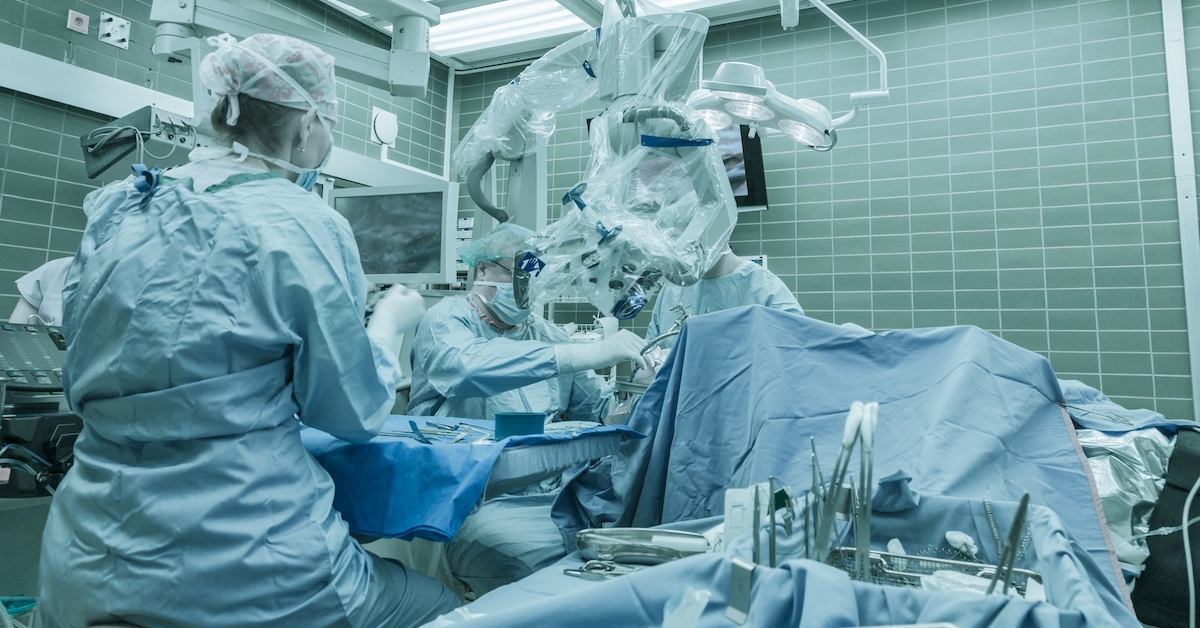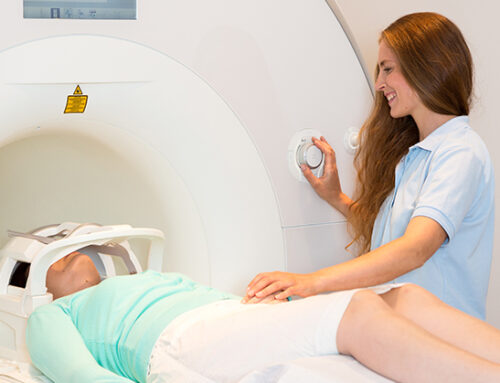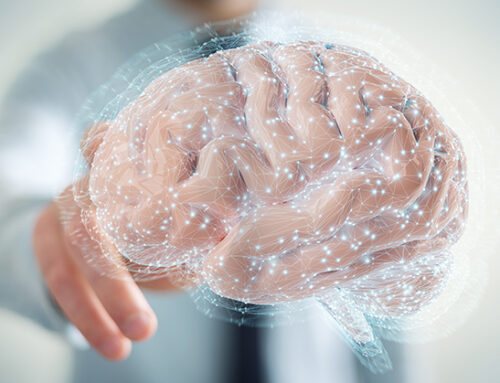A leading UK neuroscientist has issued a warning that neurosurgical instruments could be contaminated. He also advises monitoring blood donated by people over 60 years of age.
His concerns center on the possible transmission of Alzheimer’s disease to patients during certain medical procedures.
He is not alone. Other scientists have expressed the same concerns. This is information you need to know. Please keep reading.
In 2006, doctors found that a disease of the nervous system, much like Alzheimer’s, was triggered in mice that were injected with amyloid beta plaques extracted from human brains.
Even though many other studies have confirmed this effect, medical authorities don’t seem to be taking this threat seriously. Maybe it’s time they started.
Re-investigating Contaminated Growth Hormone
The latest alarm was sounded after a study carried out by scientists at University College London (UCL) and just published in Nature in December, 2018.
But before looking at the latest findings, we need to wind the clock back three years to the same research team’s earlier study.
As prion researchers, they were interested in Creutzfeld-Jakob disease (CJD). Prions are misshaped rogue proteins that give rise to this rare brain disorder.
There are three main causes of CJD. It can happen with aging, for reasons unknown; through inherited genes; or via transmission either from medical procedures or by eating prion-contaminated meat.
You may recall that there was an outbreak of this disease in the UK back in the 1990s as a result of eating beef from cattle infected with the disease. It was called mad cow disease. People in that country actually had to stop eating beef for a while until the problem got sorted out.
Fast forward several decades. The UCL scientists were examining brain tissue from eight victims aged 36 to 51 who, as children, had been treated for stunted growth with injections of pituitary growth hormone.
For over 25 years the hormone samples used in treatment of this kind were obtained from human cadavers. Tragically, it turned out that an unusually high number of recipients contracted CJD in adulthood. This was an indication that some hormone samples were contaminated with prions. The practice was abruptly stopped worldwide in 1985.
But as they examined the eight people in this study, the UCL team made the unexpected discovery of beta amyloid in all patients except one. While amyloid is linked to dementia, nobody was looking for it in CJD cases.
The patients also had clear signs of cerebral amyloid angiopathy (CAA), where amyloid builds up in the blood vessels of the brain — unlike Alzheimer’s disease, where these sticky proteins grow between neurons.
How did amyloid get there? Amyloid pathologies should not appear in such a young age group, and none of them had a genetic risk for Alzheimer’s. CJD is not known to trigger Alzheimer’s, and in any case, the two diseases affect different regions of the brain.
The researchers suspected the deposits were not the result of prions but came from the transfused growth hormone which harbored microscopic particles or “seeds” of amyloid that could grow into Alzheimer’s-associated plaques. If true, it would be the first clinical evidence of person-to-person transmission due to a medical procedure.
It appears these poor souls contracted two diseases from their hormone injections.
Now the scientists developed a new follow-up study to test this theory. They tracked down the old vials containing the contaminated growth hormone and injected it into the brains of mice specially bred to make human amyloid. The mice went on to grow a cluster of plaques and CAA, confirming the researchers’ hypothesis that amyloid beta pathology could be transferred from contaminated materials.
They wrote, “This experimental confirmation has implications for both the prevention and the treatment of Alzheimer’s disease, and should prompt a review of the risk of iatrogenic [doctor-caused] transmission of Aβ [amyloid beta] seeds by medical and surgical procedures…”
Neurosurgical Instruments Carry the Biggest Risk
The lead scientist, Professor John Collinge, commented, “I was rather amazed that we could seed the pathology so easily from materials that had sat around for 30 or 40 years as a powder at room temperature.
“With CAA and probably with Alzheimer’s disease, there may be circumstances, though hopefully rare, that transmission of the pathology can occur.”
Prof. Collinge does not believe blood transfusions are a major risk. He was worried more by neurosurgical instruments, because amyloid particles can bond tightly to them and resist standard methods of decontamination. Routine sterilization, apparently, is not enough.
This makes sense to me because protein molecules are not living cells, and are less likely to be denatured by heat or other procedures designed to kill microbes and cells.
He brought up the issue after the 2015 study, but his concerns were ignored by medical authorities. “We raised an important public health question,” he lamented, “and it is frustrating that it has not yet been addressed.
“We don’t know if any cases of Alzheimer’s disease are related to medical or surgical procedures, but in my view we should take a precautionary approach.”
Potential Danger in Childhood Surgery
Professor John Hardy, a distinguished neuroscientist and Chair of the Molecular Biology of Neurological Disease at University College London, was not involved with the study, but was asked to comment. He said:
“Neurosurgical procedures which involve persons with dementia should be carefully monitored for transmissibility issues, as should blood transfusions from the elderly (60+) and from persons with a family history of early onset dementia.
“It is possible that neurosurgical instruments could be contaminated with amyloid seeds…”
Matthias Jucker, who carried out the original 2006 mouse study, believes the transfer risk is greatest in operations on children in which the same instruments have been used on elderly patients.
Also consider the thoughts of a highly distinguished expert on infectious diseases, Professor Roy Anderson from Imperial College London. He says that researchers are taking the possibility seriously that a history of surgery earlier in life could increase the risk of neurological disease later in life.
He said it is not routine to collect data on surgical procedures in even the largest population studies, but this issue was now starting to be addressed. Eventually we should discover whether this risk is real.







